"ETS Hauls in Billions of Won Without Paying Back"
Nonprofit American test provider ETS is exempted from taxation, even though it earns tens of millions of dollars and maintains an office in Korea ― appearing to contradict tax rules.
Last year, the organization ― whose name stands for Educational Testing Service ― brought in total sales of $21,361,350 from 125,655 Korean test takers but paid not a cent on the proceeds. The figure was calculated by multiplying the fee for one test set, $170, by the number of tests administered.
That $21,361,350 figure presumes and reaches a bit, but we can stipulate that ETS is not going broke by offering tests in Korea.
Under the current tax regulations, both profit and nonprofit organizations have to pay income tax ― 22 percent of net profit ― if they run a business that produces income."Long been under fire?" While ETS has been in the Korean news over the past several years, almost none of the stories are about how much money the company has made. One story from May 2009 noted ETS's 'non-profit' status and their annual revenue, but most stories talk about the various scandals over test inconsistencies or inconveniences.
The situation has raised questions marks over fairness because other providers pay taxes. ETS has long been under fire for raking in vast proceeds without making any notable social contributions in Korea.
According to a source from the National Tax Service, no taxes have been levied on the TOEFL test organizer. ETS is given tax exemption on the assumption that it does not have a business outlet.
However, ETS Korea has maintained an office since 2007. Asked whether or not it is a business venue, an official from the tax authorities said they are unsure about its
status here.
"We didn't know that ETS has an office here and need to review whether it is a venue for business purposes or a place merely for market research and public relations,'' the source said.
So no one from the National Tax Service has visited this large business or taken an ETS test at this branch in the past two years? I can't assume that "the source" was quoted correctly, or that the quote hasn't been taken out of context. If someone actually said those words in that context, I doubt they'd want to be named.
It sounds like Korea has managed to shoot itself in the foot yet again. Let's think about this for a second, from a couple different perspectives:
Step 1: The Korean government mandates English to be the language of business. They allow English hagwons to open at will with little oversight or government control, while pushing English as the language everyone needs to learn.
Step 2: Employers begin to place a higher emphasis on English ability, which is measured by a test, ensuring that virtually all studying done in English classes are for English tests (TOEFL and TOEIC, among others). While some effort may be placed on conversation or 'natural language usage', it's mere lip service to the concept of actually conversing in the language.
Step 3: ETS ensures that those people who didn't get the score they wanted have the chance to take the test again. And again. And again. At $170 a pop. Make sure they keep studying for the test in any number of hagwons or with any number of test prep books to help them feel that they're making an effort.
Step 4: People look shocked, surprised, or ignorant when the company hasn't been asked to pay taxes. After all, how many companies - for-profit or non-profit - volunteer to pay taxes if they don't have to?
Step 5: The National Tax Service, Korean government, et al. attempt to save face by appearing to investigate, but ultimately will take little action so as to avoid rocking the boat or increasing test fees when ETS passes on the cost of taxes to you. 22% tax on net profits? Great - that $170 test next year will cost $207.40 thanks to 'increased costs of doing business in Korea.' You're welcome.
Solution? Get away from the tests. That goes more for the employers that require a specific score on a given test, or for anyone that believes getting a high score ensures a good lifeor good job. A three-digit number does not give a complete picture of one's language ability, and does nothing to ensure someone actually knows the language. The test can be crammed for, coached for, and when those measures fail, people find ways to cheat; in any case, it's far from the truthful assessment it's meant to serve as.
How do we hire workers who speak good English without seeing a great test score? Encourage them to learn the language for real, and use the language frequently. If you're hiring for a job where an employee's English skill is important, hold the interview in English - hire a native English speaker to conduct the interview if you like. Take out the box on the application asking for their highest test scores. There's no test that a smart man can't beat anyway.
How do I stand out as a better English speaker? Learn the language for real. Use the language frequently. Listen, read, write, and speak - all four language elements need to be exercised just as one exercises at the gym. Ask any of your friends that know a second language well - that ability didn't come overnight, and it certainly didn't come from attending two classes a week. Don't count 'finishing the book' as progress of advancement - progress comes with ability.




 RSS Feed
RSS Feed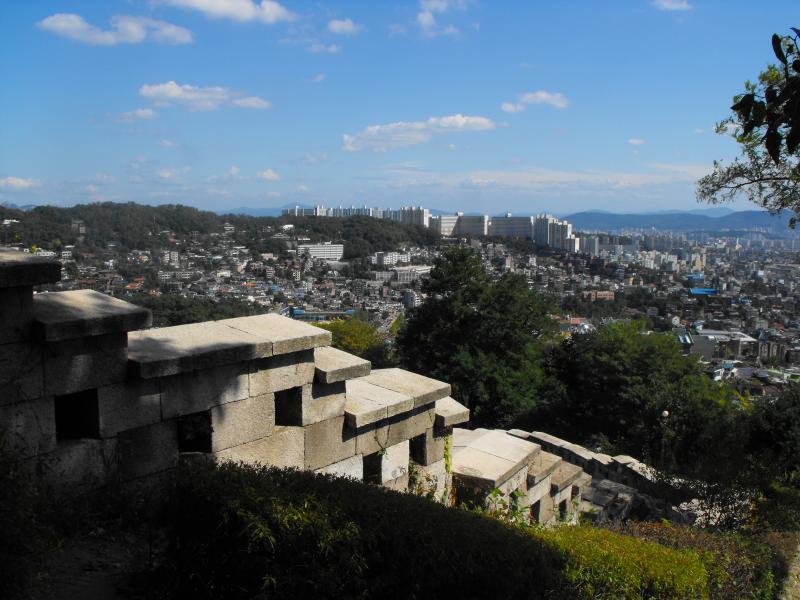

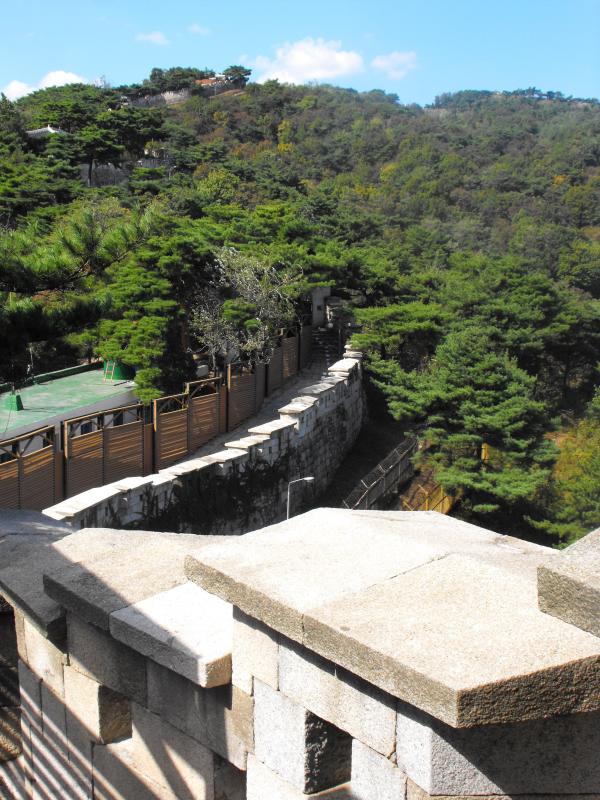



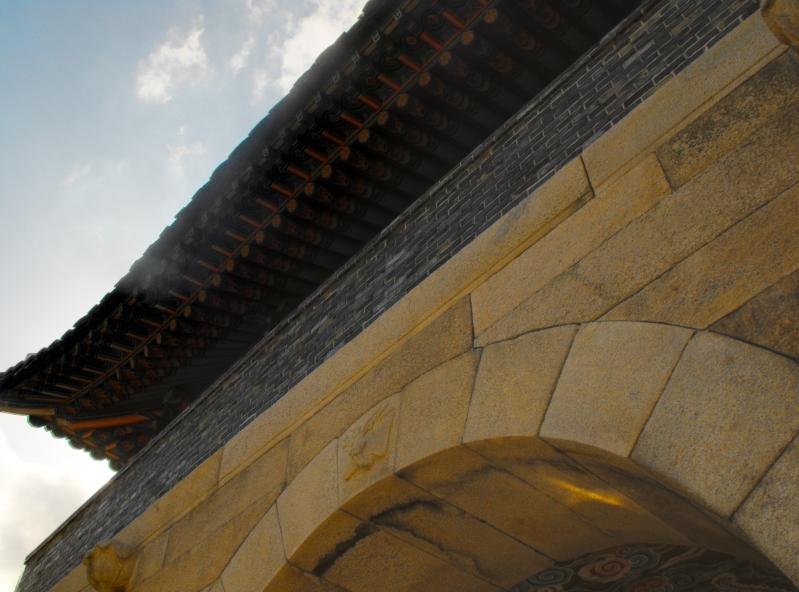






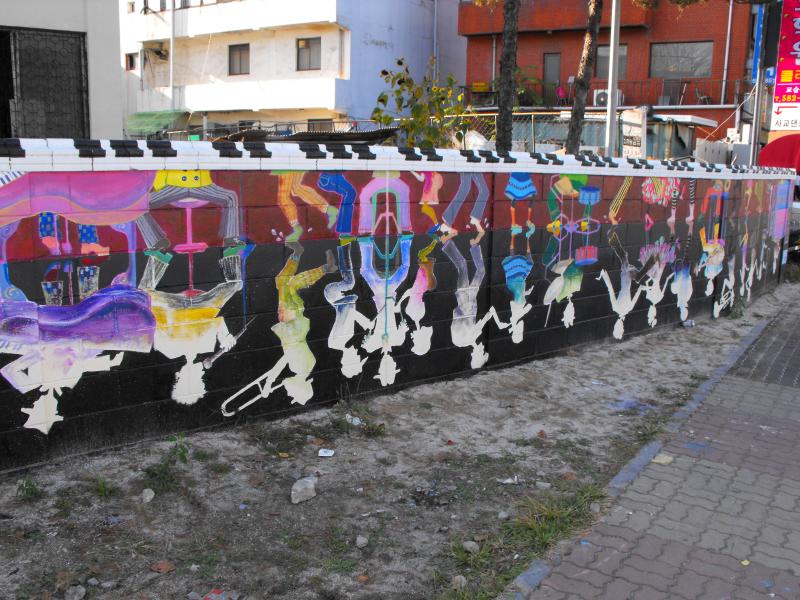



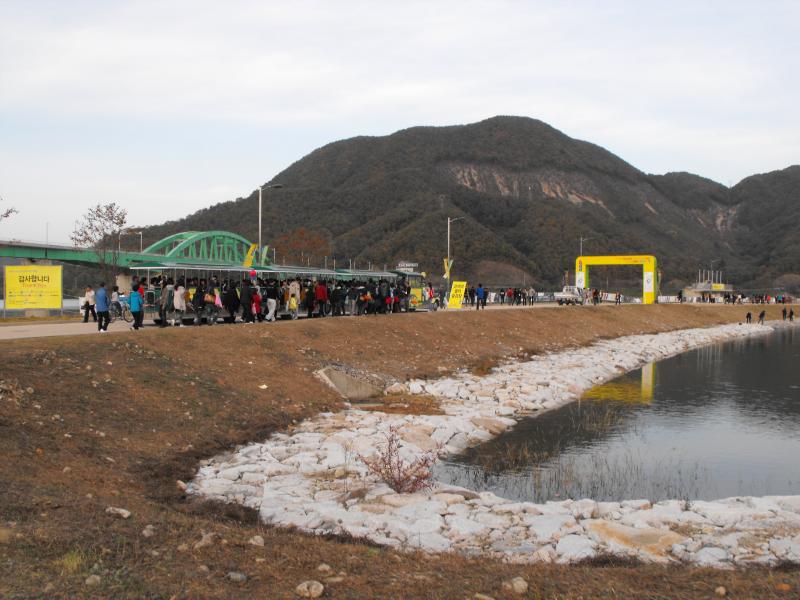
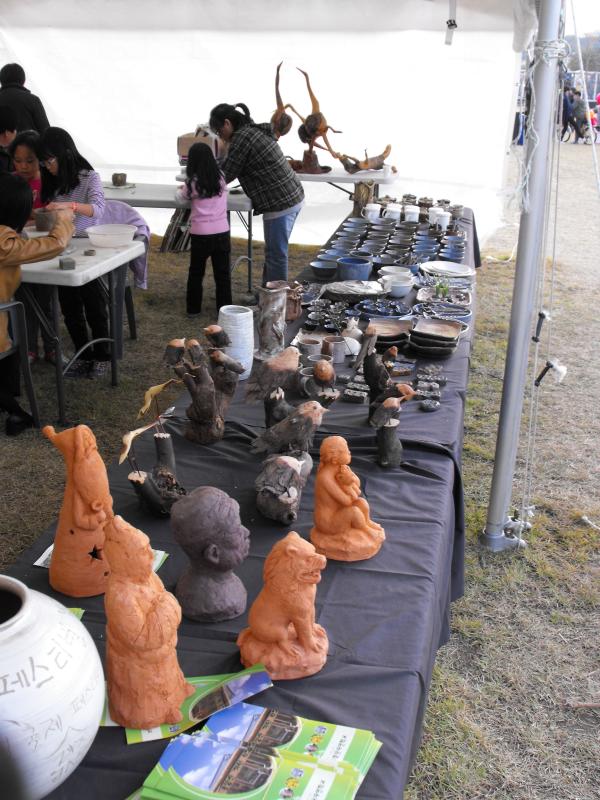




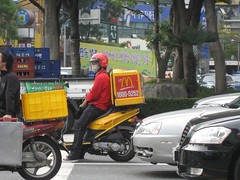







Recent comments